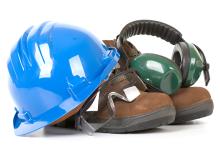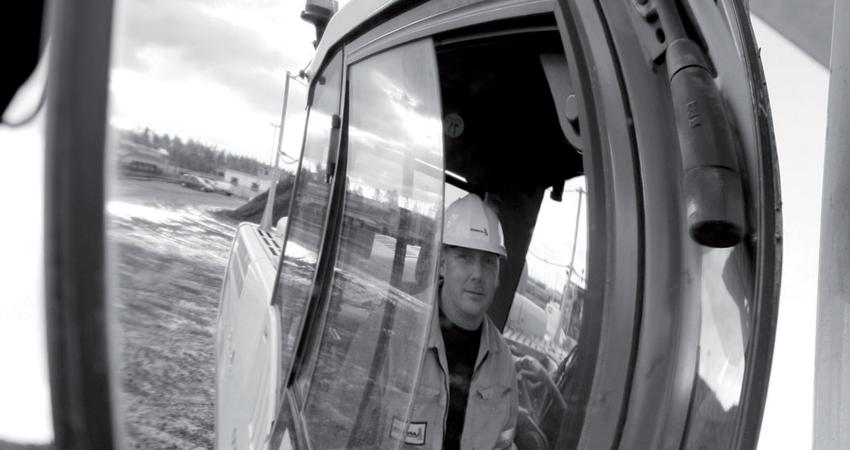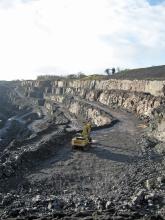The correct personal protective equipment in quarries saves lives
Ensuring the protection of employees’ health and safety is now the first priority at quarry sites.
Indeed it has become the guiding principle for employees starting from the highest levels of responsibility, and the aim is to achieve a zero accident rate and certainly a zero fatality rate.
All the major companies in the sector, and probably most of the smaller companies, have rigid, well documented policies that have to be adhered to.
Indeed,
“It has been our credo that it is unacceptable to risk your life to perform your work. There is no limit to our ambition in this area,” says the company.
“This is why we are going to introduce a new process for assessing risks, country by country and site by site.
“By 2020 we want to not merely avoid fatal accidents but also to ensure that no employees or contractors are victims of serious incidents, whether in our facilities or on the road.”
And one part of this policy, as for all companies, is wearing personal protective equipment (PPE), which plays a key role in reducing the severity of injuries, and indeed of accidents happening.
Companies that ensure their workforces are properly equipped will see that it can make the difference between an accident causing life-threatening injuries and minor injuries.
In most European regions the level of PPE required in quarries is set by national legislation, but many international quarry operators use the same standard across all their sites even if this is higher than that specified by local regulations.
PPE is defined as any type of clothing or equipment designed to protect a person from risks of illness or injury, and the safety products include respirators, hearing protection devices, safety helmets, eye and face protection, safety boots and gloves along with clothing such as insulated jackets, weatherproof coats and high-visibility vests.
Choosing the best PPE is a crucial task, and knowledge of the different types of PPE products available along with their features and limitations are needed to be able to make an informed decision.
There are a lot of things to consider when selecting the equipment and, depending on the job, these include matching the PPE to the hazard; getting employees involved in evaluation and considering ergonomics so that the PPE selected will meet standards and will also be comfortable to wear.
Other advice from experts includes reviewing standards of performance requirements to ensure that exposure to injury will be lessened or eliminated by using a particular PPE: a PPE that is exposed to hazards it is not designed for will not provide adequate protection to the user.
However, responsibility for PPE does not end when the right equipment is supplied by the quarry operator as it is essential that equipment is properly maintained and stored, and that employees understand how it works and how to use it correctly.
Most companies already involve everyone in helping ensure that PPE practices are being followed, and this should include every person in the company, from management to the individual worker.
Experts say this is important because one of the most common reasons for a PPE programme’s failure is when the enforcement of the use of the safety equipment falters.
“Employers must make sure that workers know how to use PPE and that they are actually using these at work,” says the expert.
The training programme must make sure those using PPE are aware of why it is needed and when it should be used, and must also understand its limitations and when it needs to be repaired or replaced, and it is important that replacement equipment is always available to the workforce.
The use of signs at entrances and in quarries will help remind employees and visitors which PPE is required in different areas of the quarry and will also help promote continued use of equipment.









